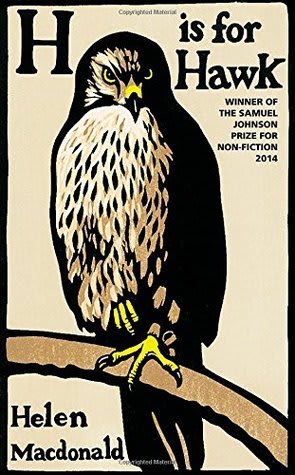

Turk’s lyrical text perfectly captures his awe-inspiring subject. Reading YOU ARE HOME literally brings tears to my eyes through its meditation on the majesty of “America’s Best Idea” (the title of Ken Burns’s documentary about the National Parks.) And that’s the same feeling I get when I visit the National Parks in person. Why was lyrical voice the perfect choice for a list book exploring the National Parks? Here’s why. From the rugged coast of Maine to the fiery volcanoes of Hawaii, You Are Home reminds us that every animal, plant, and person helps make this land a brilliant, beautiful sanctuary of life.” What’s noteworthy for authors and educators:

In simple, soaring language and breathtaking art, acclaimed author-illustrator Evan Turk has created a stirring ode to nature and nation.

Overview (from the publisher): “ Award-winning author and illustrator Evan Turk showcases the beauty and importance of the National Parks in this gorgeous picture book that takes readers on an amazing tour across the United States.Īnd peaks that pierce the ceiling of clouds, “To the chipmunk in her burrow, sleeping beneath the leaves to keep warm to the resilient bison in the steaming oases of an endless winter: you are home.” YOU ARE HOME: An Ode to the National ParksĬategory: apostrophe, lyrical language, list structure, expository, nature, #STEM
HAWK LISTBOOK FREE
Please feel free to share your thoughts in the comments below. I recently decided to share my notes (in a searchable format), so teachers and fellow writers can see what I find new and noteworthy. When I read, I make notes about the craft choices authors make in terms of voice, structure, POV, and other unique elements that add up to amazing books. Want to learn more about Charles Darwin? DK provides a brief overview.Īs part of my writing process, I read dozens of books by other nonfiction authors.The NSTA also has a simulation for middle school students.The Concord Consortium has an online natural selection simulation that uses rabbits to illustrate the concept for elementary school students.The Center for Literacy in Primary Education has crafted a teachers’ guide.Teaching NGSS standards on diversity, adaptation, and evolution? Integrate this book into your lesson.And how much they need to explain.Īdditional resources for authors, educators, and parents: It forces authors to consider how much they can rely upon illustrations to carry the story. As a mentor text, the great power in this book is the balance of words and pictures. Through stunning illustrations and simple, lyrical language, Thomas and Egnéus show students how natural selection happens over time in response to changes in an animal’s habitat. But as far as I know, no one’s attempted to explain natural selection, the mechanism of evolution, at the elementary school level…until now. There have been a few evolution picture books in recent years like I USED TO BE A FISH (Sullivan) and GRANDMOTHER FISH (Tweet and Lewis). This remarkable retelling of the story of the peppered moth is the perfect introduction to natural selection and evolution for children.” What’s noteworthy for authors and educators:

In a beautiful landscape changed by humans how will one little moth survive?Ī clever picture book text about the extraordinary way in which animals have evolved, intertwined with the complication of human intervention. Until the world begins to change…Īlong come people with their magnificent machines which stain the land with soot. Overview (from the publisher): “Powerful and visually spectacular, Moth is the remarkable evolution story that captures the struggle of animal survival against the background of an evolving human world in a unique and atmospheric introduction to Darwin’s theory of Natural Selection.Īgainst a lush backdrop of lichen-covered trees, the peppered moth lies hidden. Of change and adaptation, or survival and hope.” Publication Info.: Bloomsbury (June 2019)Ĭategories: third-person POV, lyrical language, narrative nonfiction, nature, #STEM Please feel free to share your thoughts in the comments below.Īuthor: Isabel Thomas illustrator: Daniel Egnéus As part of my writing process, I read dozens of books by other nonfiction authors.


 0 kommentar(er)
0 kommentar(er)
